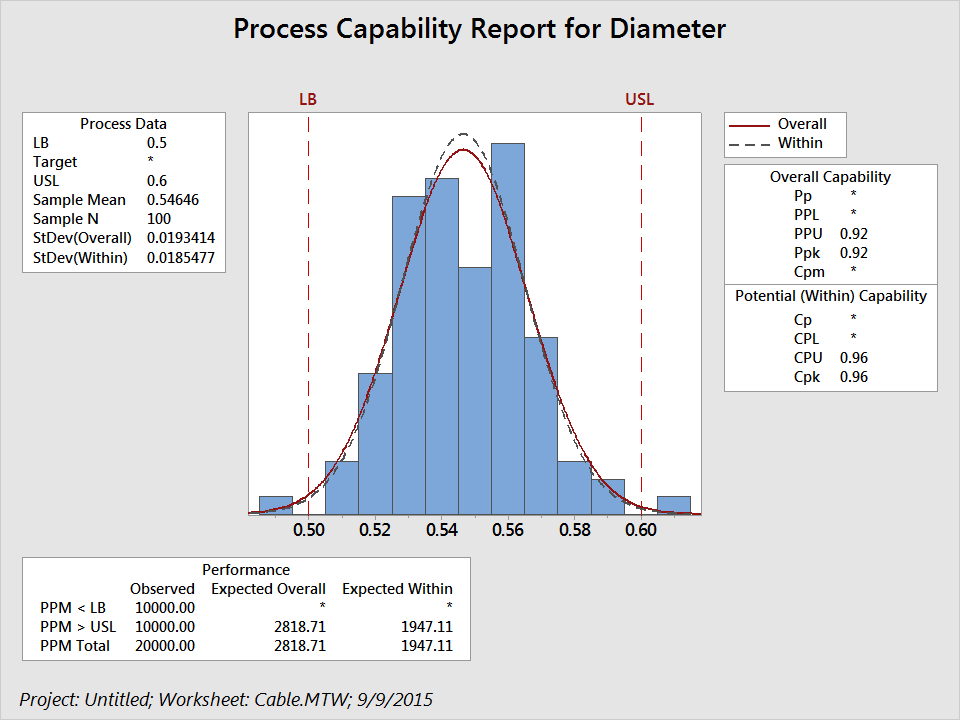
Below figure shows the path for this test. The alternate test is ‘Capability Analysis > Non-Normal’. However, when the data is non-normal, the same test cannot be used. Step 3 Capability analysis for non normal data distribution. Online Green Belt certification course ( $499). Step 2 Capability analysis for non normal data distribution. Online SPC certification course ( $350) or In his online SPC Concepts short course (only $39), or his Learn more about the SPC principles and toolsįor process improvement in Statistical Process Controlĭemystified (2011, McGraw-Hill) by Paul Keller, Non-Normal Distributions in the Real World

The Johnson technique applies this latter approach. You could either transform the data to Normal and use the standard calculations for capability applied to the normalized data, or fit a distribution to the data and calculate the capability using the percentiles of the distribution. If the process is in control, then you can estimate capability. Do n o t bother with a capability analysis or with transformation, as they will be meaningless.ģ. If the process is out of control, stop there and improve the process. This chart should handle even non-normal data well.Ģ. A better approach is to use a Moving Average chart (cell width of 3 or 5, for same reasons as above) or an EWMA chart with your original subgroup size of one (a lambda of 0.4 works well). You might also go with a subgroup size 3 if that works, which it often does. You can do a Normality test on these averages to verify. Why five? The Central Limit Theorem tells us the average of five observations from even pretty non-normal processes will tend to be normally distributed. We could use an X-Bar chart with a subgroup size of 5. First investigate the process stability using a control chart. Likewise, an out of control situation is evidence that multiple distributions are in place, so a single transformation for all the process data would be meaningless.ġ. If the process is not in control, then it is not stable, and cannot be predicted using capability indices. You should never do a transformation, or calculate Process Capability, until you have determined the process is in the state of statistical process control. To properly calculate a capability index for non-normal data, you either need to transform the data to normal, or use special case calculations for non-normal processes, such as found in more advanced SPC software.Ģ. The standard calculations apply only to a process whose observations are normally distributed. You need to know the underlying shape of the process distribution to calculate a meaningful Process Capability index. How is process capability (Cp, Cpk) estimated for non-normal data?įirst, we should discuss some general requirements for Process Capability Indices ( Cp, Cpk )ġ. Process Capability for Non-Normal Data Cp, Cpk


 0 kommentar(er)
0 kommentar(er)
